
Dioxin is actually a general term for a class of dioxin-like compounds. It does not refer to a single substance, but rather to two major categories encompassing a total of 210 compounds (congeners and isomers) that have similar structures and properties. These substances are very stable, have a high melting point, are extremely insoluble in water, but soluble in most organic solvents. They are colorless, tasteless, highly toxic lipophilic substances, thus they easily accumulate in living organisms. Dioxins are pollutants formed during combustion. Dioxin emissions from open burning of waste or from spontaneous ignition in landfills are many times higher than those from modern incineration of the same amount of waste. Significant amounts of dioxins are also generated in industries such as secondary non-ferrous metal production, steel smelting, iron ore sintering, coking, cremation, iron foundries, cement production, pulp and paper manufacturing (the chlorine bleaching process is a major source of dioxin formation). Furthermore, dioxins can be generated from vehicle exhaust, cigarette smoke, barbecuing, fireworks and firecrackers, as well as from natural events like forest fires and volcanic eruptions. In fact, dioxins are not far from us. Currently, the primary sources of dioxins in our environment are the metallurgical, coking, petrochemical, and other industries.
During the incineration of municipal solid waste (MSW), dioxins are formed through the following pathways:
(1) MSW itself contains trace amounts of dioxins. Due to the thermal stability of dioxins, although most are decomposed during high-temperature combustion, some portion is still emitted with the flue gas after combustion.
(2) Formation of dioxins from chlorine-containing precursors during combustion. Precursors include, for example, polyvinyl chloride (a commonly used plastic), pentachlorophenol (a preservative and antiseptic commonly used in textiles, leather goods, wood, pulp, and printing pastes), etc. During combustion, precursor molecules undergo rearrangement, radical condensation, dechlorination, or other molecular reactions to form dioxins. Most of these dioxins are decomposed during high-temperature combustion.
(3) When combustion is incomplete, excessive unburned material is generated in the flue gas. In the temperature range of 300-500°C, previously decomposed dioxins (from high-temperature combustion) can re-form in the presence of suitable catalysts (primarily heavy metals, especially copper).
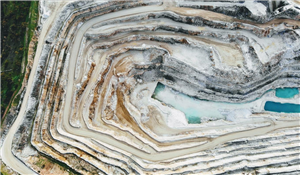
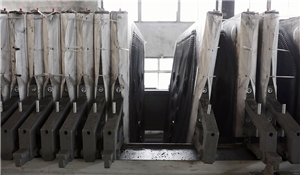

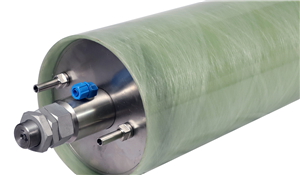



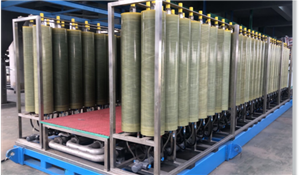
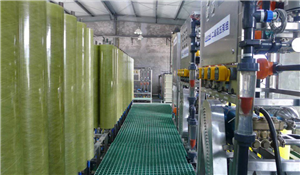
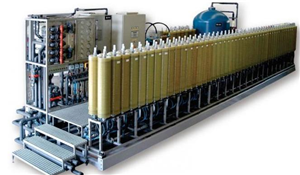


Henan Yuanhede Industrial Technology Co., Ltd.
East Industrial Park, Yuzhou City, Henan Province, China.
(+86)139 3822 7726
info@yhdegroup.com
www.yhdegroup.com